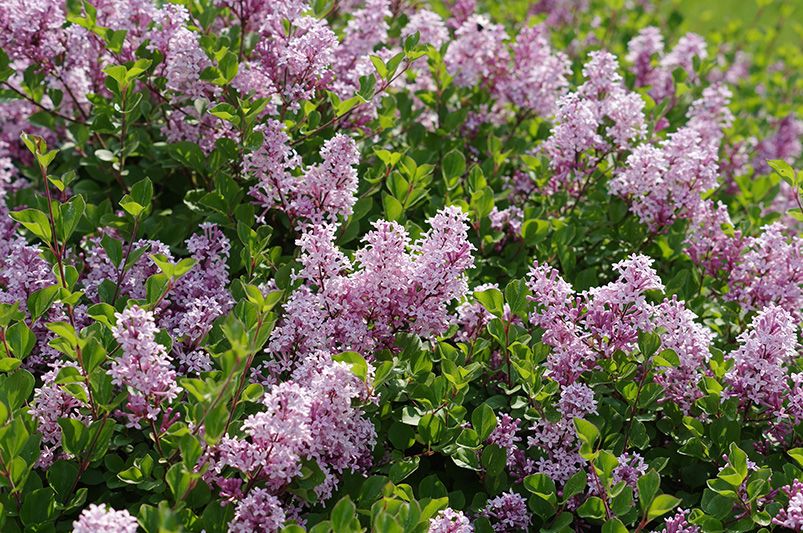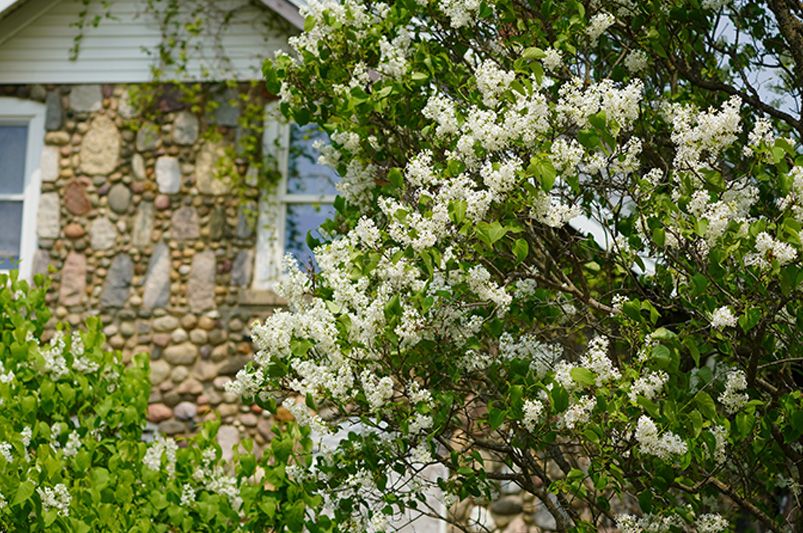
Best Time to Plant Lilacs: Expert Gardening Tips
Published: 07/10/2024 | Updated: 07/10/2024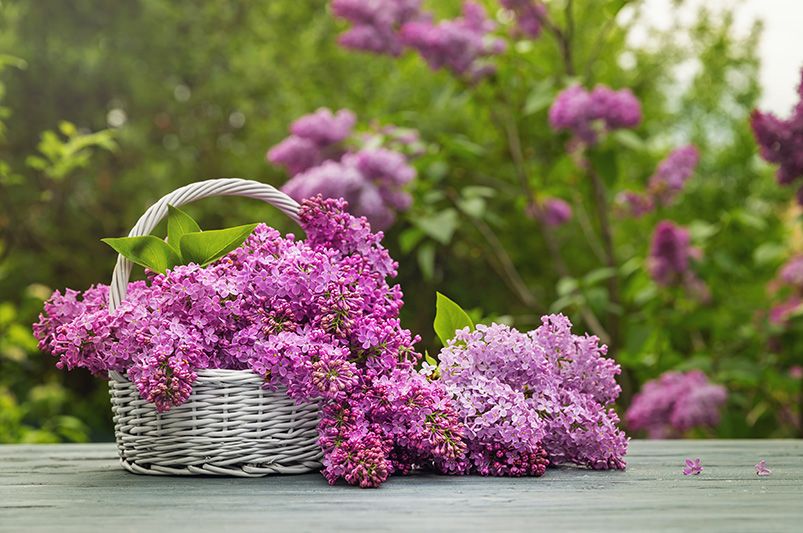
Key Highlights
- Discover the best time to plant lilacs for optimal growth and fragrant blooms.
- Learn about different lilac varieties and their suitability for various climates.
- Explore step-by-step planting techniques, from soil preparation to post-planting care.
- Find expert tips on maintaining your lilac bushes, including pruning and pest control.
- Uncover the secrets to enjoying beautiful, fragrant lilacs in your garden year after year.
Introduction
Few things capture the spirit of early spring like the lovely smell of a lilac bush in full bloom. The soft, sweet-scented flowers come in colors from light lavender to bright purple, and they have amazed gardeners for many years. If you want to bring the charm of lilacs to your yard, it's important to know the best time to plant and how to take care of them. This will help you enjoy the full beauty of these treasured shrubs.


Understanding Lilacs: A Beginner's Overview
Lilacs, or Syringa vulgaris, are shrubs that lose their leaves in the fall. They are known for their sweet fragrance and lovely flowers. They come from Europe and Asia. These strong plants can grow well in many climates and are often found in gardens around the world. Lilacs are beautiful and do not need much care to flourish.
Types of Lilacs Suited for Various Climates
From the classic common lilac to the smaller ones like the Dwarf Korean Lilac, there is a type of lilac for almost every garden and climate. Early Flowering Lilacs bloom about a week or two earlier than the Common Lilacs. For those who want flowers for a longer time, Reblooming Lilacs offer a stunning display from summer into fall. This means you can enjoy beautiful flowers and sweet fragrance for a long time.
The Ideal Climate and Soil Conditions for Lilacs
Lilacs flourish in locations that receive ample sunlight and have well-drained soil. Aim for a minimum of six hours of full sun daily to encourage bountiful blooms. When it comes to soil, lilacs prefer a slightly alkaline pH level ranging from 6.5 to 7.0. A deep, fertile loam enriched with organic matter is ideal for establishing a strong root system. Proper drainage is essential, as lilacs won't tolerate waterlogged conditions.
|
Factor |
Ideal Condition |
|
Sunlight |
Full sun (6+ hours daily) |
|
Soil Type |
Well-drained, fertile loam |
|
Soil pH |
Slightly alkaline (6.5-7.0) |
|
Drainage |
Excellent |
Preparing to Plant: What You Need to Know
Before you welcome these beautiful lilacs into your yard, take some time to plan ahead. Understand your local weather and choose the best spot for them. Also, make sure you have all the needed supplies. A little planning can help your lilacs grow well and look great for a long time.
Essential Tools and Resources for Planting Lilacs
Having the right tools and resources helps make planting easier. Besides your lilac bushes, you will need basic gardening tools. These include a shovel, gardening gloves, and a watering can or hose. To prepare the planting area for good drainage and healthy soil, you may want to get materials like compost, peat moss, or well-rotted manure. Lastly, a soil testing kit is very useful. It helps you check the pH level of your soil and lets you make any necessary changes.
Selecting the Right Location for Your Lilac Bushes
Lilacs grow best in places with plenty of sunlight and good air flow. Pick a spot where your lilacs can enjoy at least six hours of full sun each day. This good air circulation helps keep problems like powdery mildew, a fungus that can harm lilac leaves, away. Think about how big your lilac varieties will get and make sure to space them out enough for their growth. Also, check for any underground utilities and nearby buildings when you choose where to plant them.
Step-by-Step Guide to Planting Lilacs
With your tools, resources, and place prepared, you can start the enjoyable task of planting your lilac bushes. If you follow these easy steps, you will be on your way to growing a lovely lilac garden. This garden will delight your senses with its beauty every early spring.
Step 1: Timing Your Planting for Optimal Growth
The best time to plant lilacs can change a bit based on where you live. Generally, you should plant them in early spring or in the fall. This gives the root system a chance to grow before the hot summer sun or freezing winter. In places with mild winters, planting in the fall is often better. It allows for more time for the roots to develop before the next year's growth starts.
Step 2: Soil Preparation and Planting Techniques
Before you plant, get the soil ready. Loosen it to about 12-18 inches deep. Mix in some organic matter like compost or peat moss. This helps with drainage and gives nutrients.
Next, dig a hole that is twice as wide and deep as the root ball of your lilac bush. Carefully take the bush out of its container. Be gentle so you don’t hurt the roots. Place the bush in the hole. Make sure the top of the root ball is level with the soil around it.
Step 3: Watering and Initial Care Post-Planting
After planting your lilac bush, give it a deep watering. This helps settle the soil and removes air pockets around the roots. During the first growing season, keep the soil moist, especially in dry times. It's also a good idea to put a layer of mulch around the base of the plant. Aim for about 2-3 inches of mulch to keep moisture in and prevent weeds. Just remember not to pile mulch right against the trunk of the bush.
Types
Lilac varieties come in many colors, sizes, and blooming times. They give gardeners a wide choice to explore. The classic Common Lilac, known as Syringa vulgaris, stands out with its sweet-smelling purple flowers. If you want something simpler and more elegant, white lilacs like 'Madame Lemoine' and 'Edith Cavell' bring a gentle charm. If you have a small space, compact lilac cultivars, like the Dwarf Korean Lilac (Syringa meyeri 'Palibin'), offer the same lovely fragrance and beauty in a smaller size.
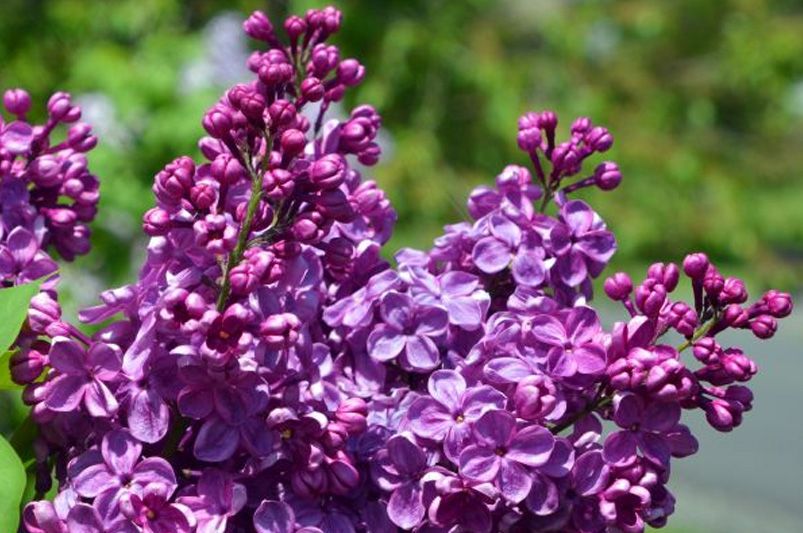
Agincourt Beauty Lilac
Agincourt Beauty Lilac is a beloved favorite among gardeners, celebrated for its breathtaking blooms, enchanting fragrance, and low-maintenance nature. This deciduous shrub can reach heights of up to 12 feet, showcasing large clusters of fragrant, purple-pink flowers in late spring. Its oval-shaped leaves contribute an appealing texture to the landscape, and it flourishes in both full sun and partial shade. Perfect as a border plant or a striking standalone feature, Agincourt Beauty Lilac adds charm and elegance to any garden setting.
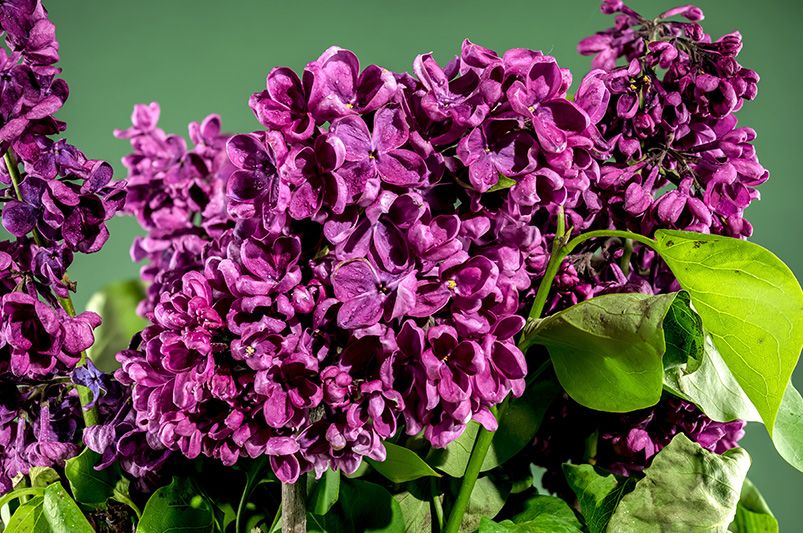
Bloomerang Dark Purple Lilac
The Bloomerang Dark Purple Lilac is a stunning deciduous shrub that delights with its fragrant, deep purple flowers, blooming in both spring and again in fall. Compact in size, reaching 4 to 6 feet, it’s ideal for small gardens and borders. Its dark green foliage, accented with a reddish tint, provides visual interest even outside of bloom. Additionally, this lilac is a magnet for butterflies and hummingbirds, making it a perfect choice for those looking to enhance their garden’s wildlife appeal.
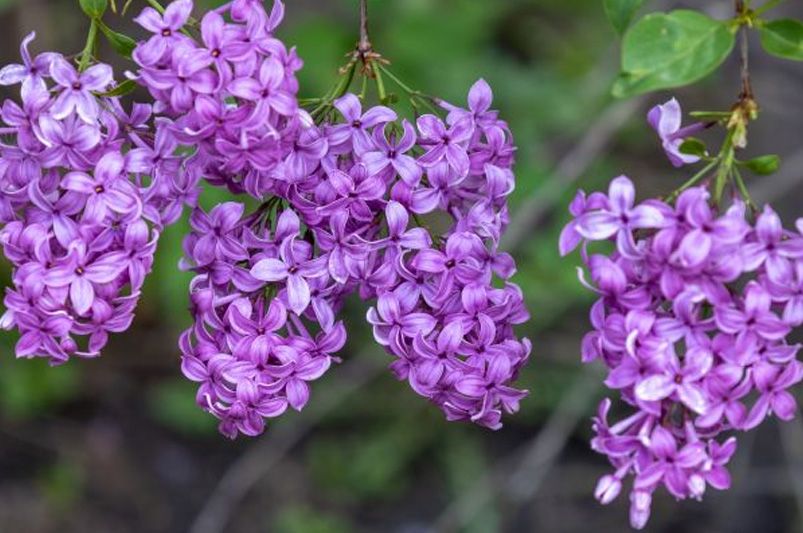
Chinese Lilac
The Chinese Lilac is a charming deciduous shrub renowned for its captivating fragrance and ornamental blooms. Native to China, it has been embraced by gardeners around the globe. Reaching heights of up to 10 feet, it produces stunning clusters of pink, purple, or white flowers in late spring. This low-maintenance plant adapts well to various soil types and climates, making it an excellent choice for a wide range of gardens. Its beauty and resilience ensure it remains a favorite among gardening enthusiasts.
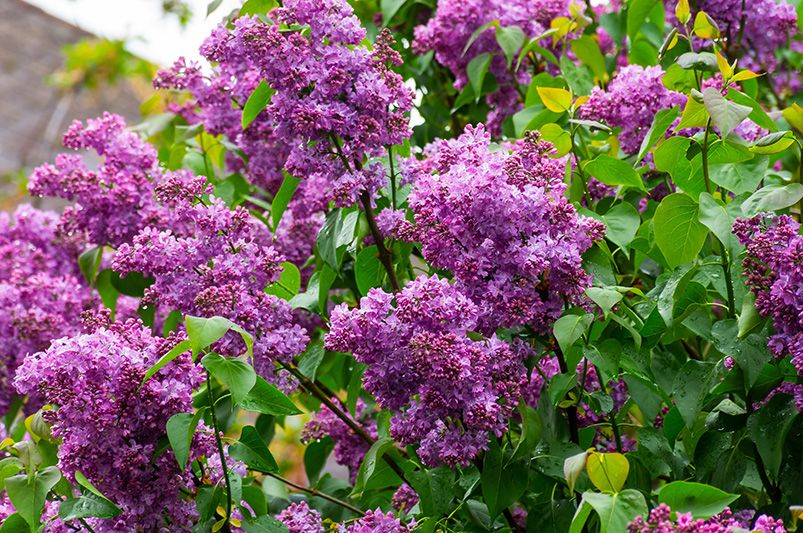
Common Purple Lilac
The Common White Lilac, or Syringa vulgaris var. alba, is a cherished ornamental shrub from the olive family, known for its striking beauty and delightful fragrance. Growing up to 8 feet tall, it showcases clusters of pristine white flowers in spring. This resilient cultivar is easy to care for and thrives in various soil types and settings. Its versatility and elegance make it a beloved addition to gardens and landscapes around the world.
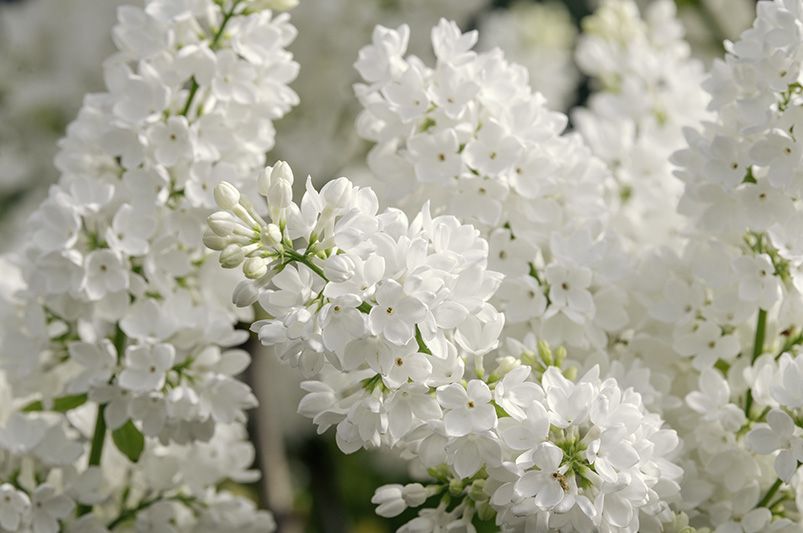
Common White Lilac
Dwarf Korean Lilac
Ivory Silk Lilac Tree
The Ivory Silk Lilac Tree is a stunning ornamental tree that dazzles with large clusters of fragrant white flowers in the spring. Its compact size makes it an excellent choice for small gardens and yards. The tree features attractive dark green foliage that transitions to a vibrant yellow in the fall, adding seasonal interest to your landscape. With its striking beauty and low-maintenance requirements, the Ivory Silk Lilac Tree is a delightful addition to any garden setting.
Maintaining Your Lilac Bushes: Tips and Tricks
Taking care of lilac bushes is important for them to stay healthy and grow well. You should regularly trim them to help them bloom more and keep their shape nice. Also, keep an eye out for pests and diseases. This will help you deal with any problems before they become bigger issues.
Regular Pruning for Health and Blooms
The best time to prune lilacs is right after they bloom. This helps the plant have time to grow new shoots and make flower buds for next year. When you prune, take out the old blooms, any branches that cross over each other, and dead or sick wood. To help new growth and keep the size down, remove about one-third of the old wood. Make sure to cut cleanly just above a bud.
Dealing with Common Pests and Diseases
Lilacs are usually easy to care for, but they can sometimes face problems with pests and diseases. Look out for powdery mildew, which is a fungal disease that shows up as a white powder on the leaves. Good air circulation and not watering from above can help stop mildew. Other problems may include lilac borers, which are tiny bugs that burrow into the branches, and bacterial blight, which can create spots on leaves and lead to dieback.
Conclusion
In conclusion, planting lilacs can make you very happy if you love gardening. It’s important to know the right climate and soil for them to grow well. By following the easy guide and care tips, you can help your lilac bushes thrive in your garden. Don’t forget to prune them regularly and check for pests and diseases to keep them healthy and blooming. Share your gardening passion by telling others these helpful tips on social media. You can inspire them to start planting lilacs too. Happy gardening!
Need Assistance for a Complete Landscape Makeover?
Shrubhub’s landscape design packages can significantly transform the lives of homeowners by delivering customized, professional landscaping plans tailored to their unique space and personal style. With the ease of online collaboration, you are guided step-by-step through a design process that fundamentally reshapes your outdoor environment. The result is an aesthetically pleasing and functional outdoor living area that maximizes the potential of your property.
Sign up now for free and get a whopping 70% discount on your landscape design!



